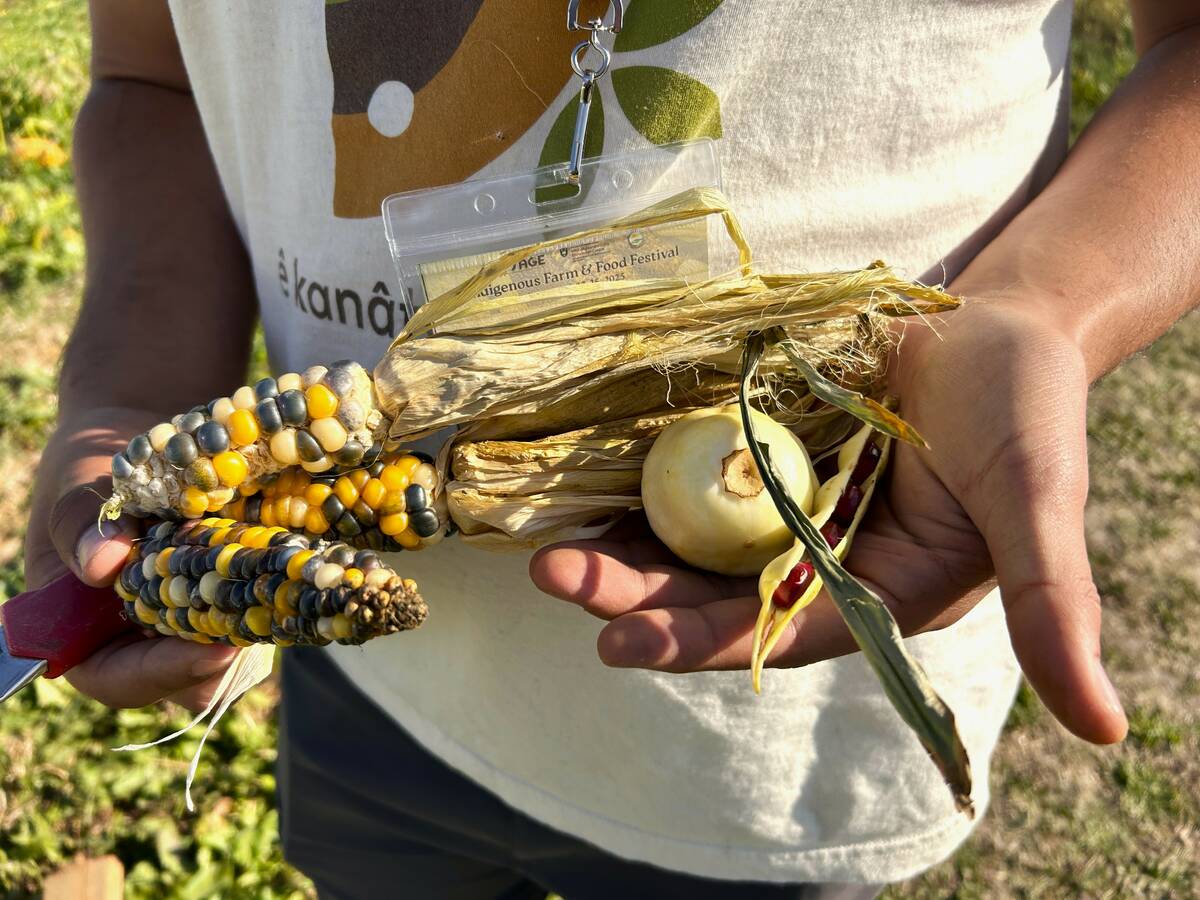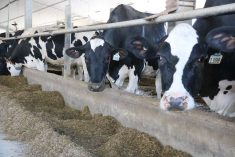There were 275 registrants for this year’s Manitoba Forage and Grassland Association regenerative agriculture conference in November. Mostly made up of farmers, there was particular interest in how regenerative agriculture pertains to profitability on their own farms.
According to a Bayer-conducted survey (the 2024 Farmer Voice Survey) many farmers expect regenerative agriculture to positively impact their sustainability, while at the same time enhancing productivity with better soil health and higher yields and improved livelihood.
According to the report, farmers are generally positive about regenerative agriculture’s concepts associated with soil health and sustainability.
Read Also

Regenerative practices meet Indigenous knowledge on the Prairies
What do traditional Indigenous agricultural practices and regenerative agriculture have in common? Quite a lot it turns out.
Another key finding was that six in 10 producers experienced significant revenue losses due to weather events outside the norm.
Growers cited drought episodes (62 per cent of respondents), long periods of high temperatures (55 per cent), and episodes of high temperatures (54 per cent) as the top three severe weather events they have seen increase in the last few years. Changes from one extreme to another in a short period were also high on the list.
As part of the solution, according to the report, farmers count on innovation to address these events. The report also notes 75 per cent of farmers “are open to implementing new technologies to better cope with these events.”
Some of the solutions to address these concerns include access to comprehensives agronomy knowledge and integrated solutions across the farm.
We already know that many of the regenerative practices implemented on today’s farms have gone a long way in reducing the effects of drought by improving water infiltration and shading the soil surface from hot temperatures.
Across the board, producers identified monetary investment (52 per cent of responses) and lack of incentives (37 per cent) as barriers to adapting regenerative practices. Lack of knowledge or the up-skilling (37 per cent) required to implement regenerative practices was also identified as a barrier.
When it comes to adaptation of regenerative practices, 91 per cent of respondents indicated that they carry out at least one practice. Practices like crop rotation (76 per cent), maintaining soil fertility (69 per cent), soil health (57 per cent) and reduced or no till (55 per cent) require the least amount of up-skilling and are being used the most by farmers.
Practices like wastewater treatment, renewable energy to power machinery and carbon farming require more up-skilling and are least used by farmers interested in regenerative agriculture.
On-farm awareness of regenerative agriculture is high. But, as with almost all value chains, consumers have, or will have, a role to play in the acceptance of agricultural practices that improve soil health, store carbon and provide other benefits to society.
Most of the 1,200 consumers in a Purdue University survey said they were not familiar or only slightly familiar with regenerative agriculture, which was broadly defined in that survey as farming methods, such as crop rotations, cover crops, and reduced tillage that improves soil health, captures carbon, safeguards biodiversity, and protects water resources.
Once it was explained to them, seven of 10 consumers taking part in the poll said they supported regenerative agriculture. What the survey found was that it is imperative that regenerative products are affordable to have consumer support.
Furthering that test, 56 per cent of respondents said they are willing to pay more for a snack produced using regenerative agriculture. But when they were given the choice between the same snacks conventionally produced for $5 or produced using regenerative agriculture practices for $5.50, more than half – 53 per cent – chose the lower-priced snack.
Much like the decades old debate on sustainability and products developed and sold sustainably, consumers like the goals of regenerative agriculture. But at this time, without more education, understanding and awareness, consumers may not fully understand their purchasing options and may appear hesitant to pay more for food produced with climate-friendly practices.
This may or may not be another barrier ahead.















